March 18, 2024
Dr. Kenneth Montague: on Art Collecting & Building Legacy in the Art World
Article by newcube
6 min. read
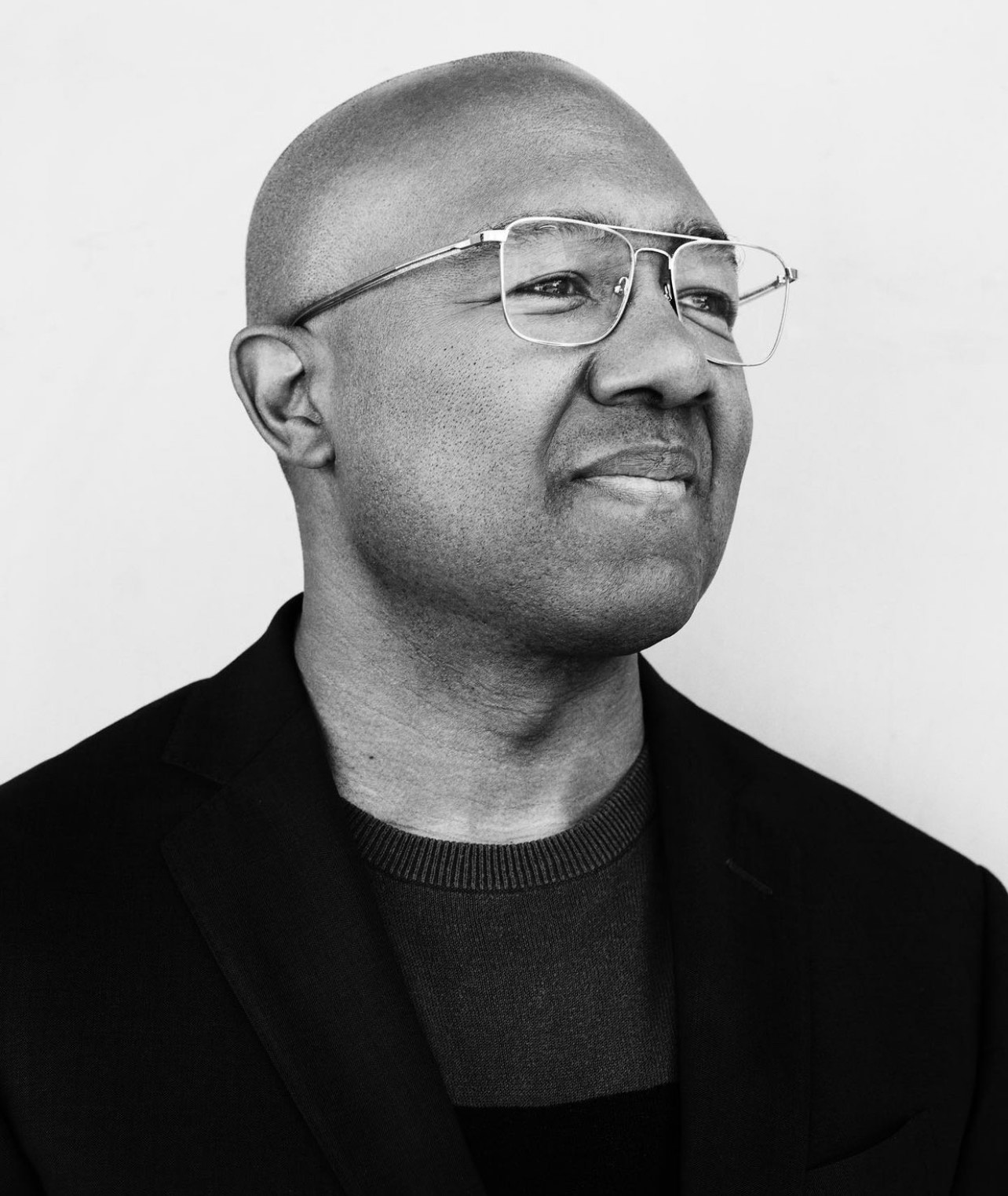
Our founders at newcube first met Dr. Kenneth Montague and the team behind the Wedge Collection in 2021 as we were working closely with Canadian-Jamaican artist Shantel Miller. A Toronto-based dentist and the founder of the Wedge Curatorial Projects, Dr. Kenneth Montague speaks to newcube about his inspiration to begin collecting, his focus on Black artists and in particular Canadian-African artists, and his legacy as a Black collector looking to provide further public access to art. With a collection that includes works by
Barkley L. Hendricks, Jordan Casteel, Renee Cox, Hank Willis Thomas, Jamel Shabbazz, Derrick Adams to name a few, The Wedge Collection is one of the most inspiring privately owned art collections in Canada.
Hi Dr. Montague. A pleasure to be in touch with you. Let’s start at the beginning of your journey in the art world. How did you you come to enter the contemporary art world? What made you want to start collecting, and what was the first artwork you acquired?
Thanks for having me. My name is Kenneth Montague, I’m a dentist in Toronto, an art collector and the Director of the non-profit organization Wedge Curatorial Projects. I was born in Windsor Ontario, which is the southernmost Canadian city—directly across the border from Detroit, Michigan. My parents were immigrants from Jamaica and had three children. We grew up going to art exhibitions in Windsor and Detroit. The Detroit Institute of Arts is the place where I first saw an artwork that spoke to me on a personal level. This was the photograph Couple in Raccoon Coats by the Harlem Renaissance photographer James Van Der Zee. It was a very sophisticated portrait of an elegant couple in the Harlem Renaissance era in the 1930s. It really spoke to me about the beauty of Black life. I think that the love of that particular work never left me. Many years later when I was a dentist and could finally afford it, I acquired the work. It became part of an exhibition that I held in my home, which was a wedge-shaped space in an old knitting factory in Toronto, a space I then called the Wedge Gallery.

A few years fast forward, you collection now includes over 400 works and focuses on exploring African Diasporic culture, the Black life and identity, and contemporary art. What is the legacy you want your collection to have?
There was a distinct under-representation of Black subjects in photography and in figurative painting when I started collecting and historically. I remember taking a history of art course at the University of Toronto when I was in dental school. It started with Greek civilization and early Roman artworks. There was nothing about the continent of Africa. It was very important to me, on a personal level, to showcase works that reflected my own family and community. It became a very personal project and a labor of love to acquire these images that would tell stories about my own culture, Black history and Black achievement. In a very organic way, it became a collection of images that spoke to each other. From there it evolved into other media beyond photography; such as painting, sculpture, video art and even design pieces.
The Wedge Collection legacy has always been about public access. Right from the start, the collection has been open to lending work. The idea is to promote the artists that exist in the collection and support their evolution. The Wedge Collection has always been about supporting the artists that exist within it. This is done via lending works to major exhibitions and allowing the collection to be re-examined through various curatorial projects, an example being the current touring exhibition from Aperture, entitled As We Rise: Photography from the Black Atlantic. The exhibition includes 108 works including one video and it focuses on Black photography within the collection from the Atlantic region and encourages the viewer to observe these works through the lenses of community, identity and power. The exhibition is currently stopping in Halifax, at the Dalhousie Art Gallery, where it will be showing until early May 2024.
Along with that touring exhibition is the Aperture photobook that was its inspiration, as well as a vinyl record in which the music is inspired by the Black Atlantic.
Another Wedge Collection exhibition recently closed at MOCA Toronto entitled Dancing in the Light. That show was co-curated by Kate Wong and Farida Abu-Bakare; some time ago, they both visited my home and recognized the importance of books and music as inspirations for my collection. They included some of my favorite novels and records which were available to the public within the exhibition in the form of a research table. These interventions made this show one of my favorites.
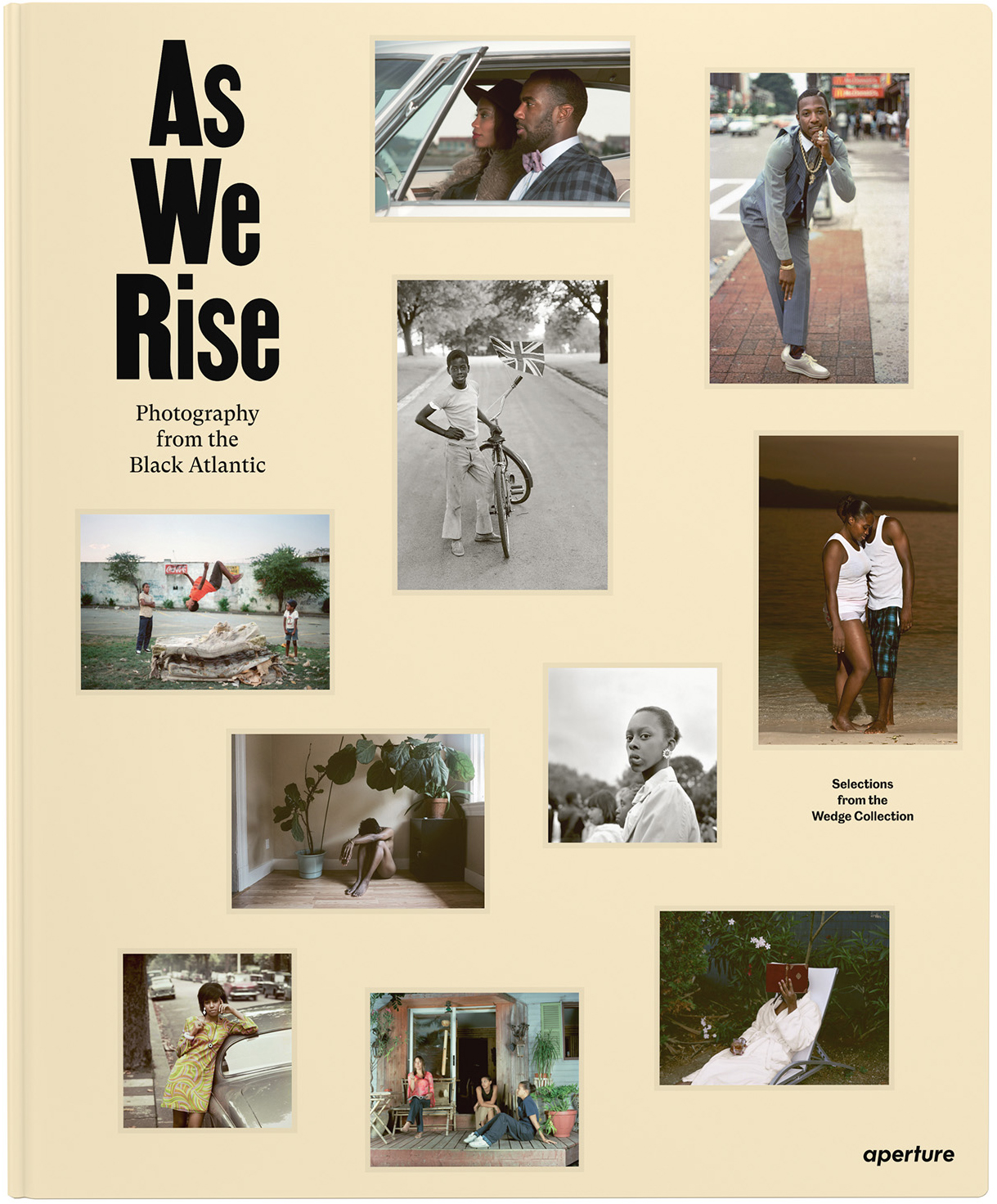
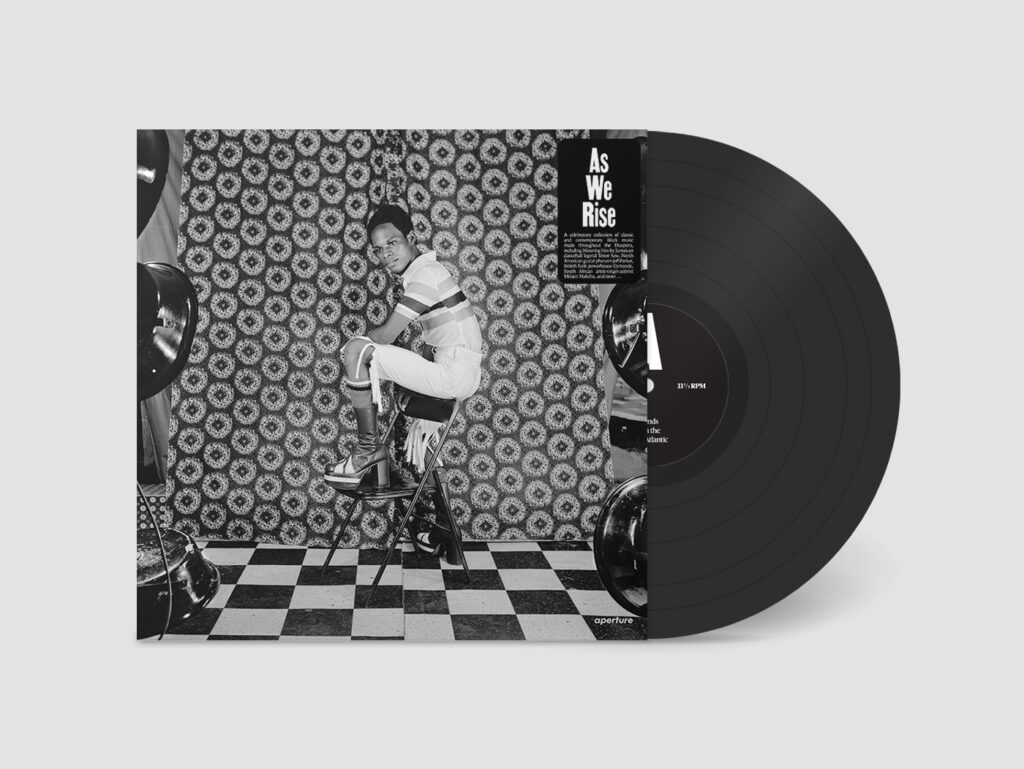
Your collection originally began as the Wedge Gallery and has grown to include Wedge Curatorial Projects. Can you tell us what you enjoy about private and public art experiences? The recent exhibitions in Canada seem to be really significant in bringing light to artists that may have never been an institutional settings. We’d love to understand more about those exhibitions.
Firstly, the gallery in my home was a very intimate place to showcase and see public art. The public viewing of art in a private home is not a very common thing. It wasn’t sustainable, and after a decade or so I had to move the gallery out of the house because it became popular and there were too many people going through my home. It was definitely a great place to start in terms of thinking about images of family and community in a setting like one’s own residence. It changed the context and made the works special in a way that would not have been possible in a major gallery or public institution.
The idea was to bring less celebrated artists into the same conversation as established artists. In the world that I lived in as a Black collector of Black artists’ work, there were so many stories that hadn’t been told. It became an important mission to balance these artists who needed exposure with the artists who already were being celebrated. When I started most of the arts community only knew about artists like Jean-Michel Basquiat. There were so few Black artists being celebrated. Today it’s become ubiquitous, particularly with Black figurative painters and portrait photographers. I’ve seen a lot of change in the thirty years that I’ve been doing this kind of work. It’s very gratifying but, also a part of me thinks, what took so long?
We couldn’t agree more. With a similar goal and hope in mind, newcube was born out of this idea of bringing into light the works of artists who have historically been under-represented, or mis-represented, if represented at all. And we’re happy that through newcube, we’ve come to meet like-minded collectors and curators who are working diligently towards making a long lasting change in the art world. You’re a perfect example of a collector with such a mission. Has your collection or choice of artists changed in the past few years?
I started with photography, in particular portraiture, and that changed as I realized that in painting you could tell the same stories. Also, there was only one of a kind in the world, which gave the work a specialness. Later I realized that there are ways of storytelling that work better in a motion picture format, like video work instead of straight photography.
I started with photography because that was the art form of my era but it really is an evolution. I was born in the 1960s, but really came into my own as a collector in the 1980s and 1990s when photography was the newest form of contemporary art being celebrated. Perhaps if I was coming into the fold today as a younger collector, I might think more about digital processes and performance art and other things that weren’t really a major part of the story of art when I was coming up. However, the collection has changed and broadened over the years as my vocabulary in the art world expanded. I think it’s very clear that the Wedge Collection will continue to expand and evolve as my interests and experience in the art world grow.

On that note, what has been your most recent acquisition, and what is your dream acquisition that you may have not attained just yet? Do you have any artists on your radar at the moment?
The most recent acquisition would be a large-scale photograph from the Accra, Ghana-based photographer Carlos Idun-Tawiah. The work was featured on the cover of Aperture magazine in their ACCRA issue. He is a photographer that fits into the mold of what the curator and writer Antwaun Sargent calls “The New Black Vanguard”. Idun-Tawiah does a lot of fashion work, but his photography is informed by his own identity and background. It hints at the things that he as the artist finds particularly important. A sense of community and a kind of dialogue between the photographer and the subject is very evident in the intimacy of his photography.
A dream acquisition might be work by the Afro-Portuguese photographer and installation artist Mónica de Miranda. She is an amazing visual storyteller, and I find her art practice’s evolution to be quite interesting as she creates work from her experience as a second-generation Black artist in Europe. She explores various colonial histories that mirror the stories that I can relate to as a second-generation Black Canadian. There is a parallel of cultural references that I find compelling in her work.
There are many artists on my radar at any given moment. Currently, I’m concentrating on the dynamic emerging Black art scene here in Canada. I have been following the art collective Black Artists Union (BAU)—including artists such as Aaron Jones, Timothy Yanick Hunter, Oreka James, among many others. They are now inspiring a new generation of Toronto-based Black artists who are doing experimental work that I find very fascinating.

We’re proud to have contributed to the growth of your collection, when we placed one of Shantel Miller’s best works in your collection back in 2021. The work entitled Khanya was recently included in the MOCA exhibition in Toronto. Both newcube and Shantel were so thrilled to follow the journey of this work, and to see again after all these years. How do you typically find and research the artists that you add to your collection?
Shantel’s work really appealed to me when I first discovered her, first and foremost because of her technical brilliance. Sometimes I’m attracted to work that I find challenging in its production. She’s an exquisite social observer and her ability to translate the finest details about her subjects is a pleasure in aesthetics that is less about concept than realization. I am continually impressed with Shantel’s evolution as a painter and love the fact that she focuses on friends and family as subjects. This gives the work a certain personal touch and palpable intimacy.
I discovered Shantel in a show that was curated by Emilie Croning, a young curator in Toronto who did a group show that featured some of her work about four or five years ago. Following this Shantel gave a talk with Jorian Charlton, another artist in the Wedge Collection. The talk was part of the programming around the Art Gallery of Ontario (AGO) exhibition Mickalene Thomas: Femmes Noires. From there she was on my radar and the work from newcube became something that I wanted to spend a longer time with, so it entered the Wedge Collection.
Generally, I find works in art journals that I subscribe to, art fairs and openings that I attend, and most commonly through recommendations by artists that already exist in my collection.
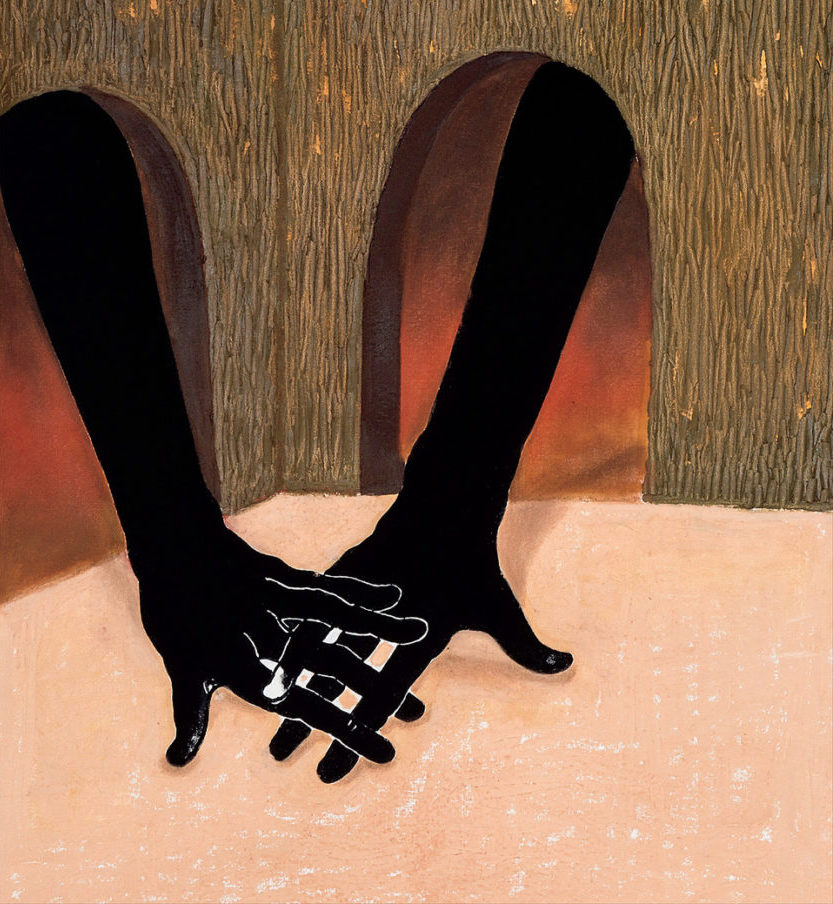
Any future projects you can share with us?
As the Executive Director of Wedge Curatorial Projects, I’m always thinking about how to bring the local and the global together. It’s been a mantra of the organization and the next logical step. After many years of programming exhibitions and workshops around both Toronto-based and international artists, we have decided to create an annual lecture series entitled The Wedge Lecture. It will feature an international guest in conversation with a local one. These conversations should resonate with our Toronto audiences because they will recognize the connections in art movements happening both here and abroad.
We hope to be back in Toronto soon and to follow more of your journey in the art world, through exhibitions, lectures and other related events. Thank you, Dr. Montague for your time and generosity, it’s been an honor knowing you and getting to learn more about your dedicated passion for the arts. We wish you and the entire team at the Wedge Collection all the best!
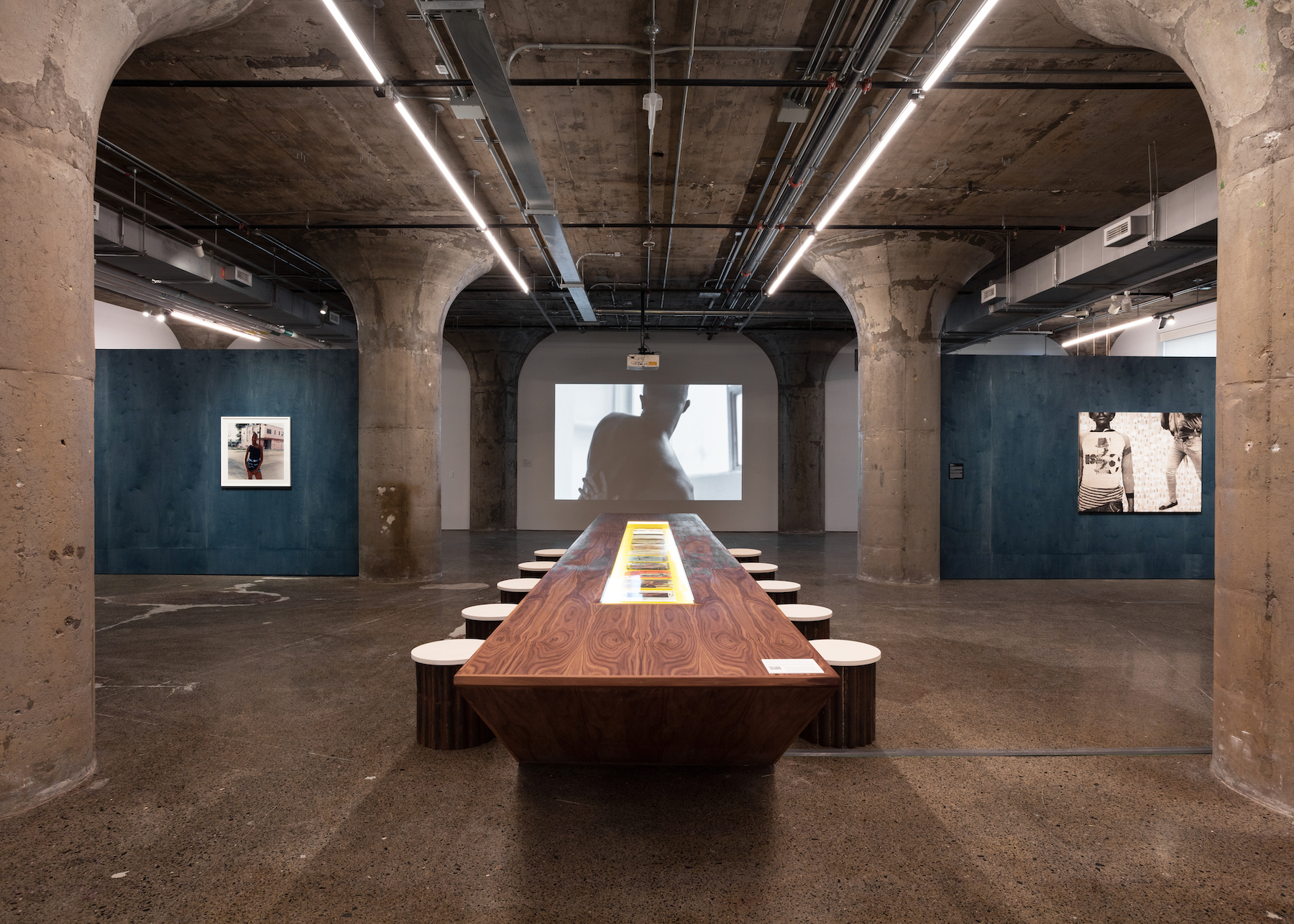
Discover more
artist
Shantel Miller
Boston, MA